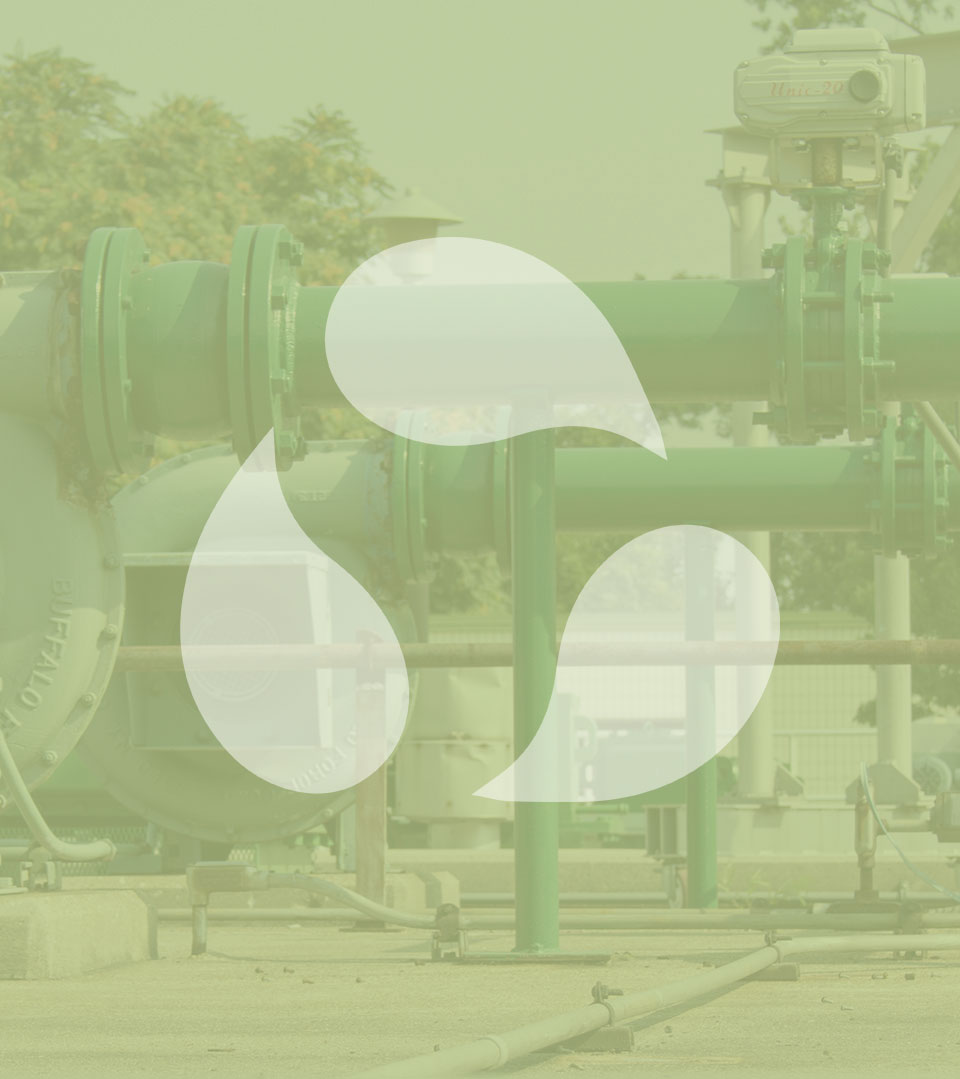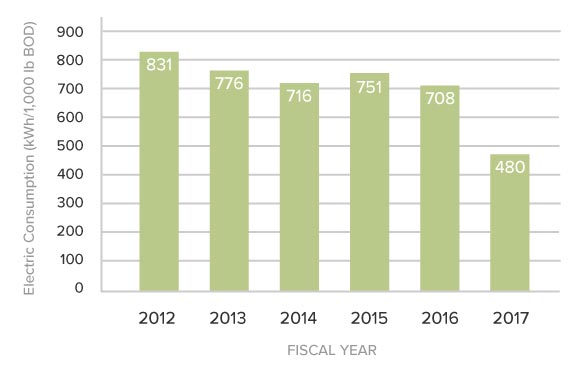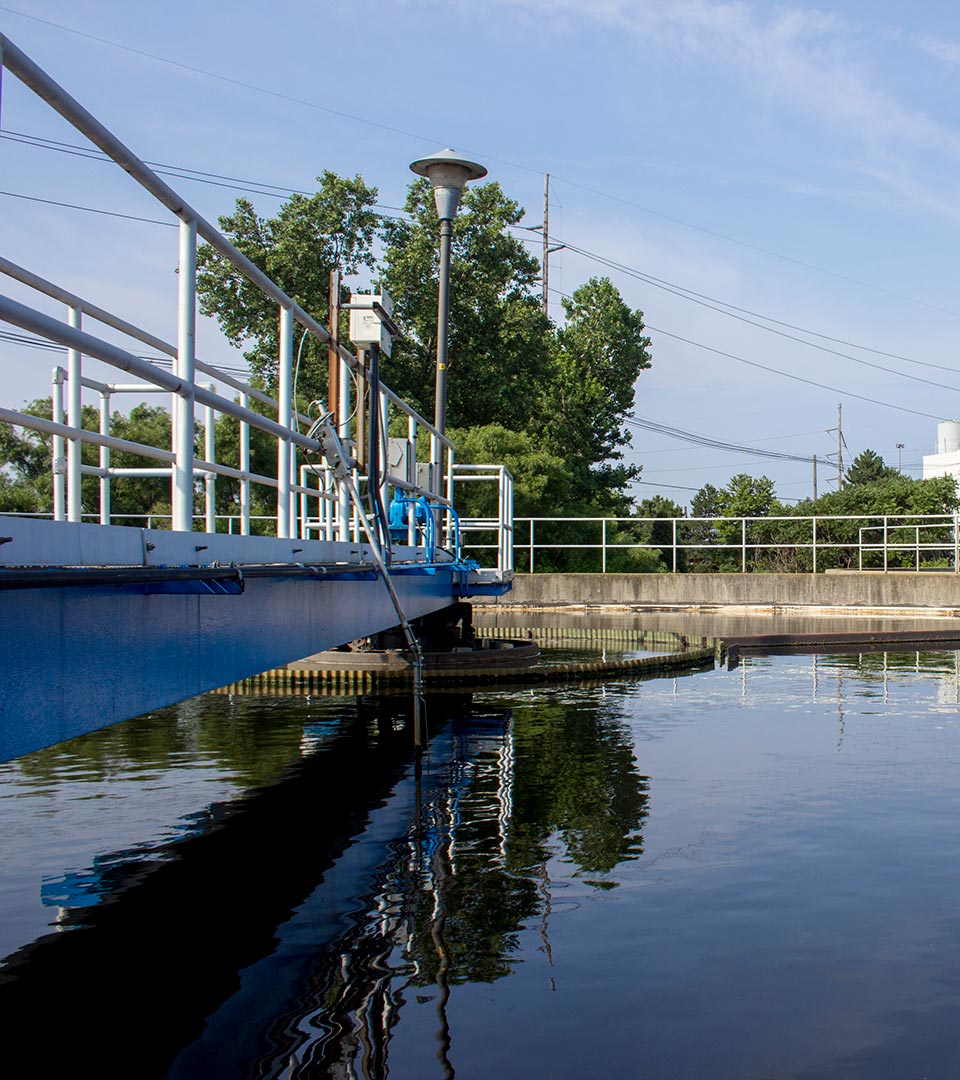Wastewater
 Scroll Down
Scroll Down

 Scroll Down
Scroll Down

The Water Reclamation Facility (WRF) treats wastewater from the City of Holland and portions of the five adjacent townships (Holland Charter, Park, Fillmore, Laketown and Zeeland). The facility is divided by River Avenue into two parts, creating the facility’s East and West Plants. Since beginning service in 1927, the WRF has undergone five major renovations (1960, 1972, 1982, 1996 and 2017). Each renovation has increased the capacity of the facility.
The most recent renovation was a thorough upgrade to many of the East Plant treatment systems including aeration, oxidation and clarification equipment. Much of the equipment was over 40 years old and upgrading the equipment allowed HBPW to address growing demand. The project began in 2015 and has increased capacity levels by over 20% without increasing the facility footprint.

Working with engineering consulting firm FTC&H, HBPW confirmed that the most cost effective solution to increasing capacity was to optimize the treatment processes of the East Plant. HBPW transitioned their equipment from a Conventional Activated Sludge Process to a High Purity Oxygen Activated Sludge Process. This means that pure oxygen activates the sludge process rather than air supplied by large blowers.
Since the microorganisms that feed on harmful organic materials need lots of oxygen to work effectively, the upgrades enable a more concentrated waste stream to be treated in the same footprint of the East Plant of the facility.

But the benefits don’t stop there. The upgrades have dropped the WRF’s energy usage by over 15% since the project began in 2015. That’s equivalent to 1,232,954 kWh, or roughly enough electricity to power 170 homes for an entire year.

Alright, it’s about to get technical in here!
HBPW uses sodium hypochlorite to disinfect treated water from the Holland Area Water Reclamation Facility before releasing it into Lake Macatawa. This disinfection process destroys any harmful pathogenic organisms in the treated water.
After disinfection, HBPW uses another chemical, sodium bisulfite, to dechlorinate the water before discharging into Lake Macatawa. The dechlorination process removes the chlorine residual in the water, because chlorine can be harmful to aquatic life.
Much like baking, using the right amount of ingredients at the right time is vital to the water treatment process. Too little disinfectant could mean dangerous pathogens survive, and too much means adding extra chemicals (and extra cost). HBPW’s water reclamation team developed and installed a new system to more efficiently perform the disinfection process this year.
The new system features two sets of pumps and analyzers, which continuously measure the residual, or unused, chlorine in the water. The chlorine residual measurements are used to optimize the amount of sodium hypochlorite added to the water for disinfection.
What’s more, our team developed a new algorithm that does the math for us. The algorithm uses the chlorine residual measurements to select the right amount of chemical addition. Paired with the new equipment, the algorithm has decreased the amount of chemicals the Water Reclamation Facility uses for disinfection.
Even better, using the correct amount of sodium hypochlorite for disinfection reduces the amount of sodium bisulfite needed for dechlorination, resulting in cost savings for both chemicals. The new monitoring assures excellent treatment, while increasing process efficiency and keeping costs down for customers.


Share